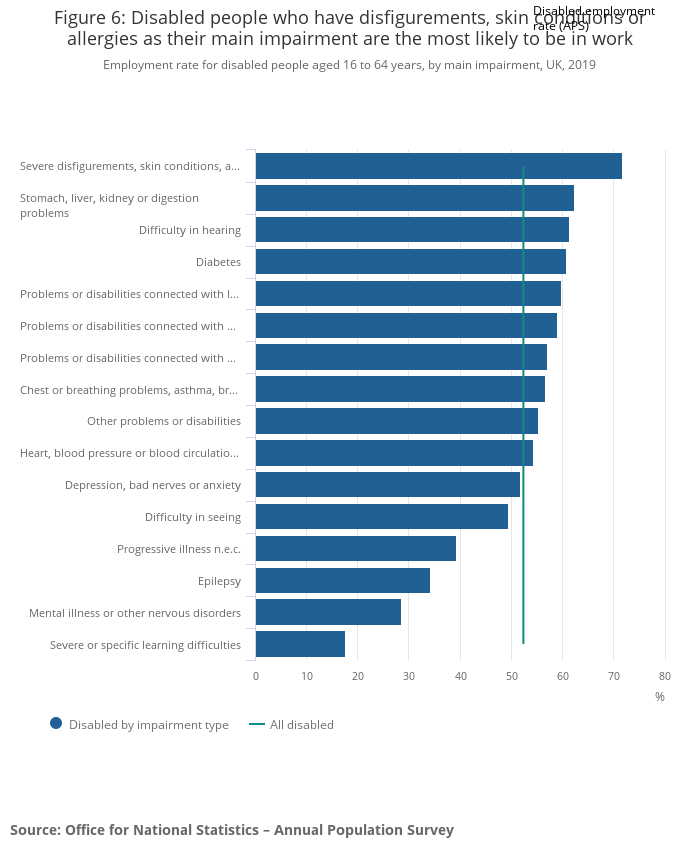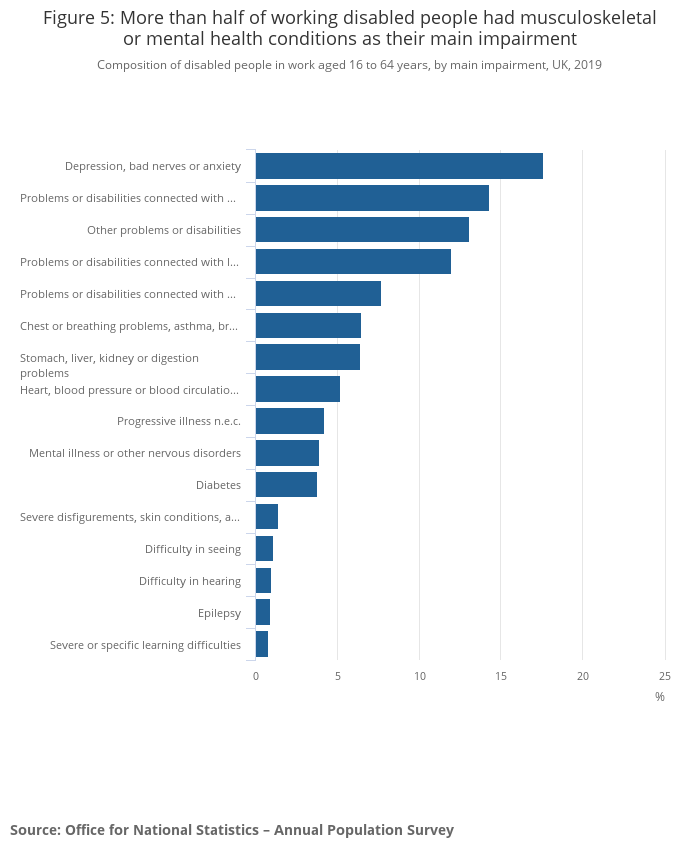This is a report I put together a couple of months ago. Considering that today is International Epilepsy Awareness Day, it seems appropriate to finally share it with all of you.
What is Ableism?
For those of you who don’t know what ableism is, the dictionary defines it as:
discrimination in favour of able-bodied people.
Definitions from Oxford Languages
Admittedly, I find this definition derogatory in itself. I am probably 90% able ‘bodied’, I can walk and talk like anyone else, yet I still have multiple disabilities. And this is backed up by the same dictionary’s definition of disability:
a physical or mental condition that limits a person’s movements, senses, or activities.
Definitions from Oxford Languages
Some do also use the term ‘disablism‘, which is described as ‘discrimination or prejudice against disabled people’, however, this is a very new and rarely used phrase.
When Googling the topic of ableism, I came across an interesting article by Andrew Pulrang in Forbes. He discusses how one should make their own definitions on this term and splits ableism into two main parts: Personal Ableism and Systemic Ableism. In my mere 25 years, I’ve dealt with both.
On a personal level, I was bullied and consistently left out of group activities. I’ve been stereotyped, leading to a lack of social engagement. And made to feel, just bad, when people refuse to acknowledge my condition or accept the detriments it has.
In regards to systemic discrimination, I don’t have to search hard to find examples. The most obvious is, of course, me getting kicked out of school. The second is my fight for PIP (as not being considered ‘disabled enough’ can be just as offensive as many degrading terms). And the issue that is currently most prominent in my life and the focus of this post: employment.
Ableism in employment
According to a recent government survey, the estimated employment rate in the UK is currently 75.6%. However, if you have epilepsy the employment rate is only 34%. Whereas, the overall employment rate for people with disabilities is 53%, emphasising specific discrimination against people with epilepsy. This first graph shows the employment rate for each disability category.
I always knew the stats were against me. But seeing this graph was a pretty big reality check. The simple fact that all other forms of disability are grouped into broad categories, yet epilepsy is a stand-alone condition, is what I find most shocking. No other neurological condition is mentioned throughout the report which emphasises just how discriminative the world is, specifically to people with epilepsy (PWE). And the fact that it is third from bottom is just full-blown heart-wrenching.
Of course, this graph looks solely at the ratio of people with epilepsy in employment. When you look at this second graph, which shows the percentage of each category holds for disabled people in employment, the results are even more soul-destroying.
Here you see mental illness rises far above epilepsy. I believe, looking at these statistics based solely on the ratio of ‘people with a condition : people in employment’ can be deceptive. It’s clear when comparing these graphs that far more people have mental illnesses than those with epilepsy, which is why I’ve included both graphs. I mean, how is it even possible to develop and improve workplace environments if we make up less than 1% of the national disabled workforce? The harsh reality is, the employment rates, for people with epilepsy, haven’t changed in ten years. This isn’t a new problem and it’s not one that’ll go away any time soon without drastic action.
And, like so many others, this problem is only going to be made worse by COVID-19. Employment rates have drastically dropped in general as a result of this virus. Just imagine what it’s like for us who have never even been given the opportunity to gain the experience we need to get an entry level job.
Why employment is so important
The harshest part of this is that, despite struggling to obtain employment, people with epilepsy are also being denied social benefits.
When the change from Disability Living Allowance (DLA) to Personal Independence Payments (PIP) was first implemented between April 2013 and October 2016, 48% of people with epilepsy were refused PIP. This was almost double the national average of 25%. In fact, two thirds of people with epilepsy either lost or had their benefits reduced. And yet again, this isn’t ‘neurological conditions’ but just epilepsy.
I received my PIP after a 16-month battle, a stressful appeal process and a massive seizure on the platform of London’s Tottenham Court Road tube station. I’ve already been advised that if things continue to improve for me as they are, I will most likely be refused PIP at my next reassessment. However, PIP is my only income and I need it to continue because I can’t get work.
Additionally, things have not improved since 2016 either. In response to an online question in March 2019, the current Disabilities Minister; Justin Tomlinson posted this table:
Although there is an obvious improvement in the most recent data, 65% of overall initial decisions still lead to refusal.
Conclusion
If we take the statistics and put them together (66% in unemployed, 65% denied PIP at initial assessment), at some point between April 2013 and December 2019 65.5% of people with epilepsy have been without income.
It’s not possible to obtain data to work out whether the odds are better or worse for those with co-existent conditions, as all government data is based on the primary disabling condition. Personally I find this almost offensive. I don’t have a ‘main impairment’. My epilepsy and autism have an equal impact on my life, they’re intertwined in the ways in which they affect me.
I’m currently looking into what academic research has so far been done on the topic and hope to maybe even do some research of my own. But until then, the only way I can fight this despicable ableism, is by informing others about it.
If you want to help get the word around please share this post. And in order to make sure you don’t miss out on any of my other informative posts scroll down and subscribe. All you need to do is fill out the form at the bottom of the page (on mobile the form is off-screen to the side, something I plan on fixing in the near future). It merely means an automated email each time I upload a new post, nothing else. Plus, once I have more followers who I don’t share a home with I may even start creating subscription-only content. So you really have nothing to lose. Oh, and if you want to respond, do so on the actual post rather than where you see it shared. It builds traffic etc. and helps me out.
Thanks ?


